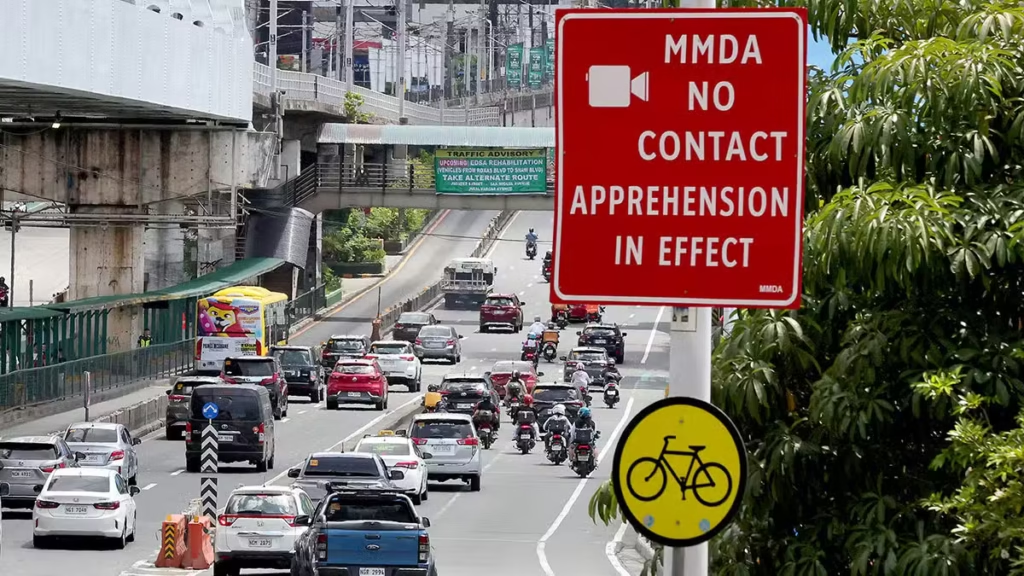
The No-Contact Apprehension Policy (NCAP) was introduced with the aim of enhancing road safety and curbing corruption in traffic enforcement. However, in practice, it has primarily served as a punitive mechanism, imposing excessive fines that disproportionately affect informal worker Public Utility Vehicle (PUV) drivers. These drivers, who typically earn Php300–Php500 per day, find themselves burdened by a significant financial strain.
NCAP relies on fixed cameras that issue citations solely based on automated detection. This lack of on-the-spot explanation and discretion leaves working-class drivers with limited options. Disputing a ticket becomes a time-consuming and costly process, often leading them to opt for payment rather than navigating the appeals procedure, even when they believe the citation was unjustified. It’s a punitive measure that automatically tags a driver guilty before proving their innocence.
Furthermore, the current arrangement of NCAP’s flat fines disregards any semblance of proportionality. Instead of calibrating penalties based on driver capacity to pay, it treats SUV-driving corporate executives and working class food-delivery riders identically, transforming a minor traffic lapse into a substantial loss of wages for the latter.
This suggests that revenue generation is the primary objective, rather than comprehensively ensuring the safety of drivers, passengers, cyclists, and pedestrians. Moreover, NCAP’s publicly accessible databases raise serious data-privacy and surveillance concerns.
Infrastructure deficiencies, such as unprotected bike lanes, malfunctioning traffic signals, and confusing signage, remain unaddressed. NCAP cameras punish “symptoms” (driver violations) without addressing the underlying “disease” (poor road design and inadequate accessible driver education). Consequently, NCAP becomes a mere band-aid that shifts risk onto vulnerable areas without reducing overall accident rates.
In many Metro Manila areas, loading and unloading zones are arbitrary, bike lanes are intermittent, sidewalks are uneven, and pedestrian crossings are poorly marked. The real reason cyclists and pedestrians get hurt isn’t solely because “drivers disobeyed a stoplight.” It’s that roads were never designed for mixed use (pedestrians, bicycles, jeepneys, cars). NCAP cameras do nothing to fix broken sidewalks, nonexistent bike lanes, or junctions without proper signal timing.
NCAP’s logic is “catch violators to deter future violations.” However, free and accessible driver education and proper road engineering (e.g., protected intersections, raised crosswalks) yield better, longer-lasting safety gains—especially for non-motorized users.
Traffic management is a public service and, therefore, should not be solely focused on punishment and fines. In this context, NCAP should not proceed without transparent auditing of algorithms and technology contractors; safeguards that ensure no citizen is penalized without proper notice and an expeditious, low-cost means to contest the citation; and a progressive, nationalist, and pro-people plan for road transport system.
Until these measures are implemented, PISTON remains concerned that NCAP’s current structure disproportionately affects working-class drivers and diverts attention from more effective, preventive approaches to road safety.